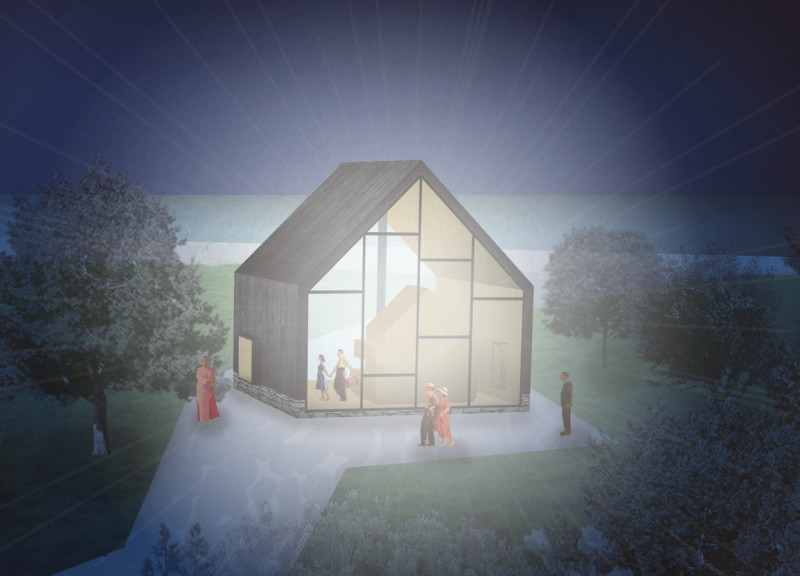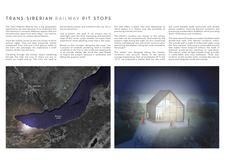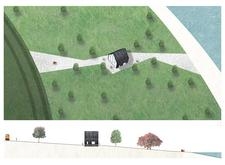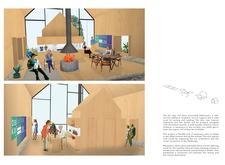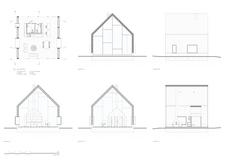5 key facts about this project
### Overview
The pit stops along the Trans-Siberian Railway, particularly situated around Lake Baikal, are designed to enhance the travel experience of passengers navigating this extensive route across diverse Russian landscapes. With a focus on fostering connections between travelers and the surrounding environment, the design addresses both functional and experiential aspects, promoting a dialogue with the unique natural and cultural contexts of the region.
### Architectural Strategy
The shelters feature a distinctive gabled form that minimizes wind resistance and facilitates snow shedding in winter climates. Strategically located near Lake Baikal, the design considers the geographical characteristics of a landscape often only glimpsed from the train. The use of carbonized cedar for the external cladding, employing the "shou sugi ban" technique, enhances fire resistance while reducing reliance on chemical treatments. The incorporation of double-glazed windows ensures thermal insulation and comfort throughout the seasons, while local stone serves as the foundation, linking the structures to their natural surroundings.
### Interior Configuration and User Engagement
Internally, the layout is both flexible and inviting, centered around a communal fireplace that acts as a focal point for social interaction and warmth. Amenities include a self-service café for travelers and spaces dedicated to exhibitions and local tourist information, fostering cultural exchange and understanding of the area. Expansive glass elements invite natural light and offer panoramic views of Lake Baikal, encouraging interaction with the outdoors and blurring the lines between internal and external spaces. This design not only meets the needs of travelers but also promotes an appreciation of the expansive wilderness through which they journey.


